About Us
Founded in 1944, the American Committee for the Weizmann Institute of Science develops philanthropic support for the Weizmann Institute in Israel, and advances its mission of science for the future of humanity.
Stay informed on breakthrough discoveries by some of the world’s top scientists.
The Weizmann Institute is more than a research center. It's a collection of curious, imaginative, brilliant minds, working together to improve our world. With best-in-class infrastructure, multidisciplinary collaboration, and the freedom to dream, our scientists continue to make cutting-edge breakthroughs and innovations. Weizmann scientists are discovering lifesaving medical treatments, finding new approaches for renewable energy, reducing world hunger, and inventing technology to better understand and fight diseases. Our scientists are creative thinkers, trailblazers in their fields, exploring our world from the tiniest particle to our vast galaxy.
They are working to improve the lives of everyone, everywhere.
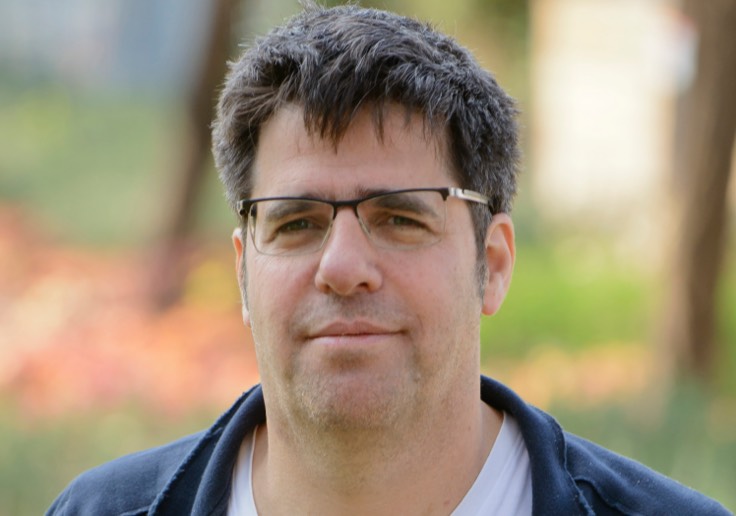
Prof. Aharoni focuses on uncovering the molecular pathways that produce plant secondary metabolites - chemicals produced by plants that help them cope with environmental changes and stress. These metabolites hold the secrets to many biological processes that are beneficial to humans and plants and have practical applications for fighting world hunger and malnutrition, investigating cannabis for biomedicine, and developing sustainable energy sources.
Prof. Emeritus Dekel's research has led to a better understanding of how hormones and other signals influence the reproductive system, with a focus on the development of a fertilizable egg. She devised an innovative endometrial biopsy treatment, which stimulates a local uterine inflammatory reaction and significantly improves pregnancy rates. This treatment is an integral part of IVF protocols in fertility clinics worldwide.
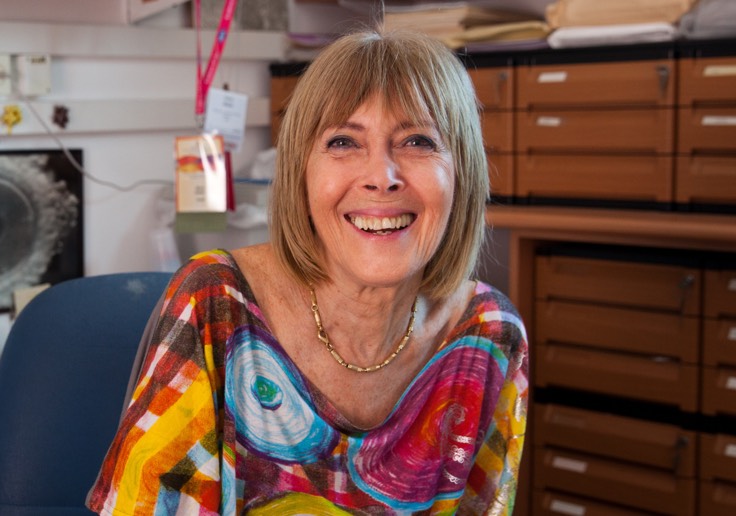
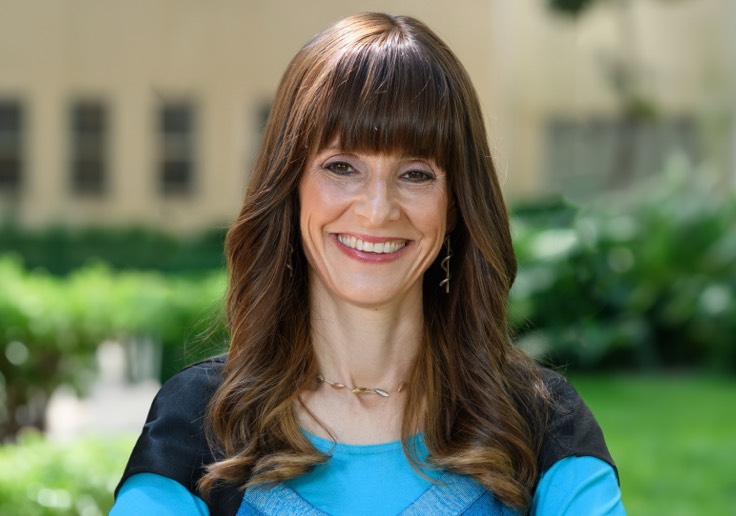
Prof. Yonina Eldar specializes in developing algorithms for signal processing, and for the representation and transmission of information using advanced mathematical techniques. Her innovations have helped to make ultrasound devices smaller, more affordable, and uploadable to the cloud; optimize MRI scans for medical imaging, improve data storage and communications, create super-resolution microscopy, and support computational biology.
Prof. Elinav's most recent discoveries have related to the effects of host genetics, innate immune function, environmental factors, and the role of the intestinal microbiome in driving complex diseases. He researches how alterations in the microbiome can lead to inflammatory bowel disease (IBD), hepatic disorders, diabetes, obesity, neurodegenerative disease (such as ALS), cancer, and diseases of the skin and female reproductive tract.
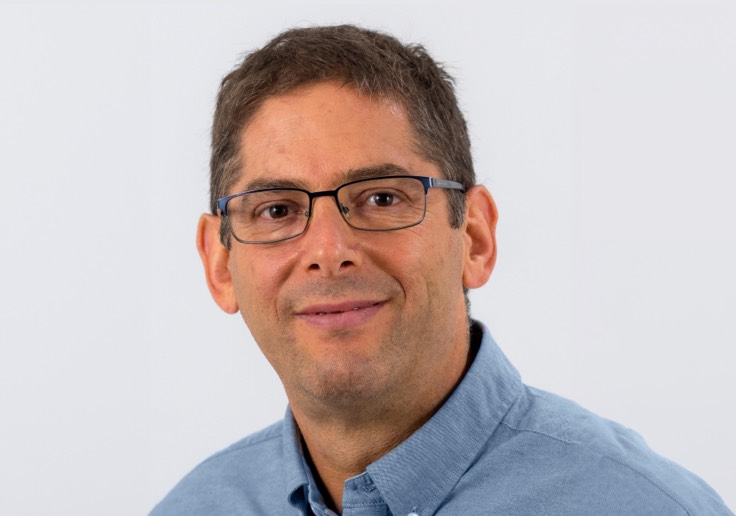
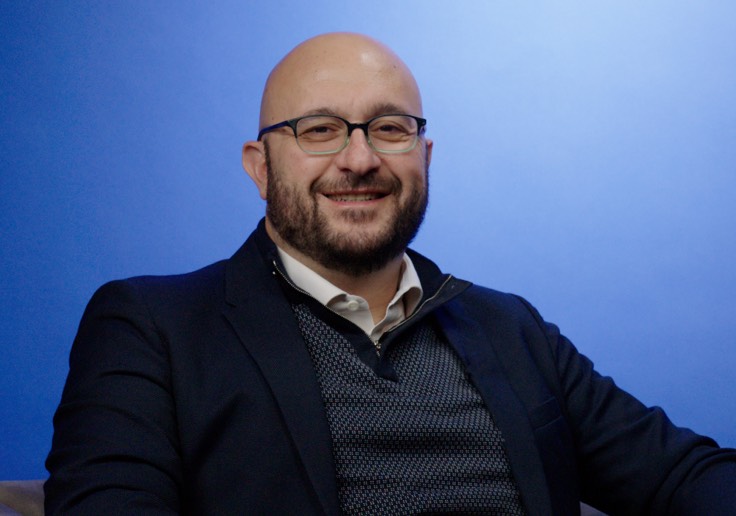
Prof. Jacob Hanna has grown synthetic embryo models of mice outside the womb using only stem cells cultured in a petri dish - without the use of fertilized eggs. This groundbreaking research may one day make it possible to grow human tissues and organs for transplantation. Prof. Hanna was named the world's top thinker of 2021 by Prospect Magazine and his research was listed as one of the Breakthroughs of the Year from Science in 2021 and The Atlantic in 2022. His lab's human complete stem cell-derived embryo model was named by Time as one of the best inventions of 2023.
Dr. Refaely-Abramson's research applies theoretical computational approaches to questions in quantum science including renewable energies, light-matter interactions, and information science. She characterizes the exchange between theoreticians (like herself) in chemistry and physics as players trying to determine how different material properties and dynamic variables can be selected, organized, and arranged to produce the most effective materials.
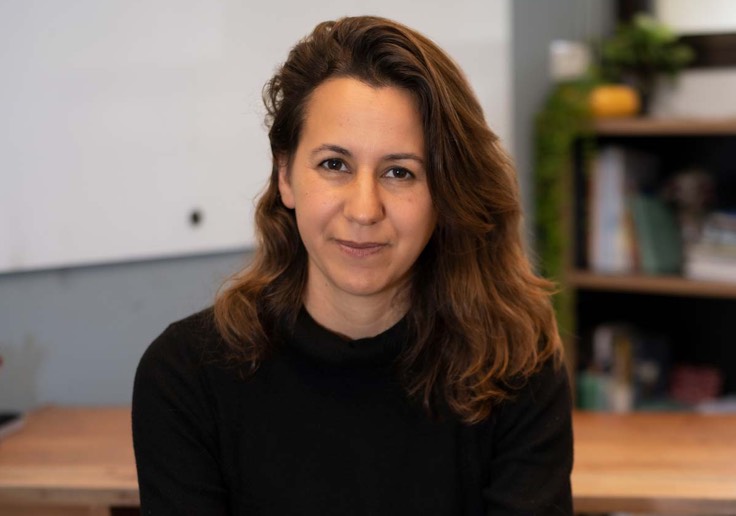
Prof. Schuldiner is the inventor of multiple tools that help explain the functions of unstudied genes and proteins. Her robotic microscopy tracks protein location and abundance under various conditions. Her creative methods make it possible to study how organelles respond to stress. Her work has biomedical significance, as disruptions in organelle function can contribute to metabolic disorders as well as aging, cancer, and neurodegeneration.
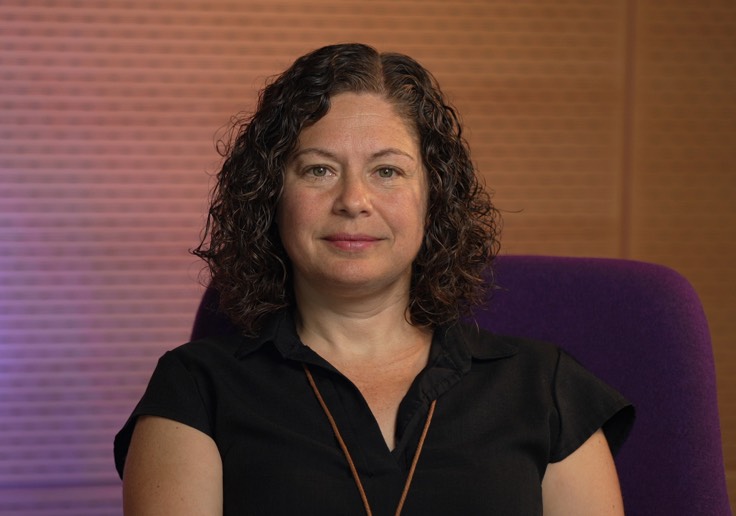
Microscopic algae form seasonal blooms that cover hundreds of thousands of square kilometers of ocean. However, the blooms die off in a few days, the shells falling to the ocean floor where they've been collecting for millions of years. Dr. Segev's research has shown that this is caused by a complex relationship between tiny bacteria and marine algae and that this algal debris can provide clues to our past climate and the impact of climate change on microbial sea life.
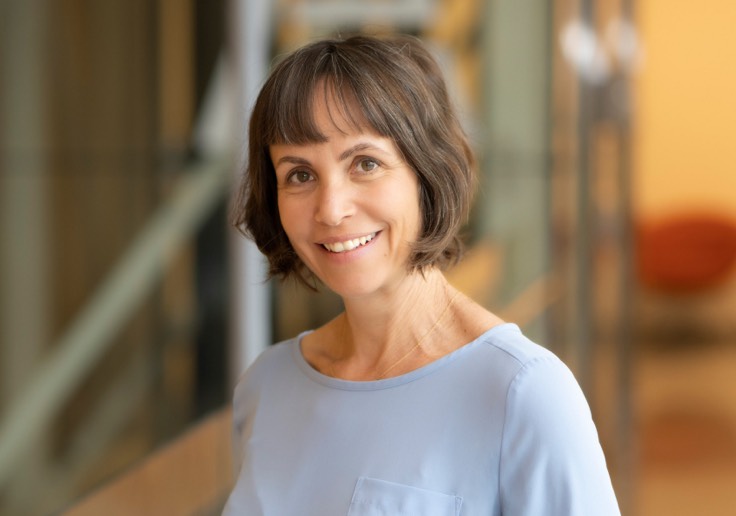
The Weizmann Institute of Science is moving these crucial areas of research into the future, forging new paths through creativity, collaboration, and cutting-edge technology. Please join us as we enter an exciting new era of discovery! Your support will help Weizmann scientists make the next generation of breakthroughs for the future of humanity.